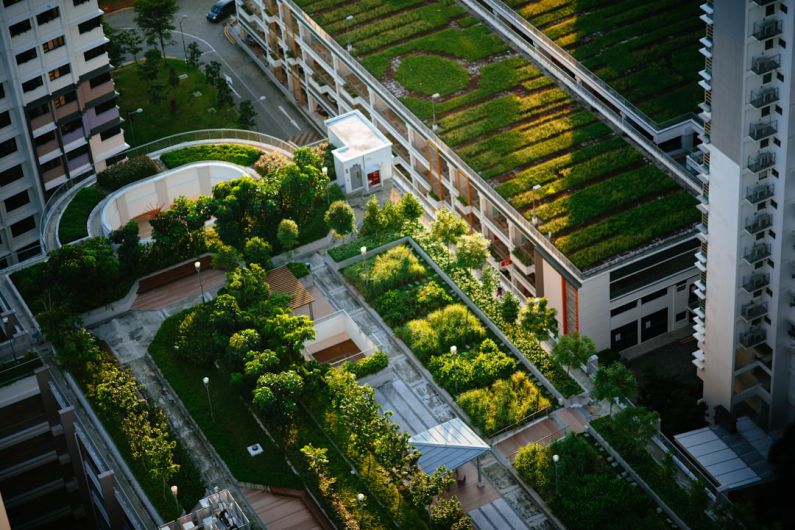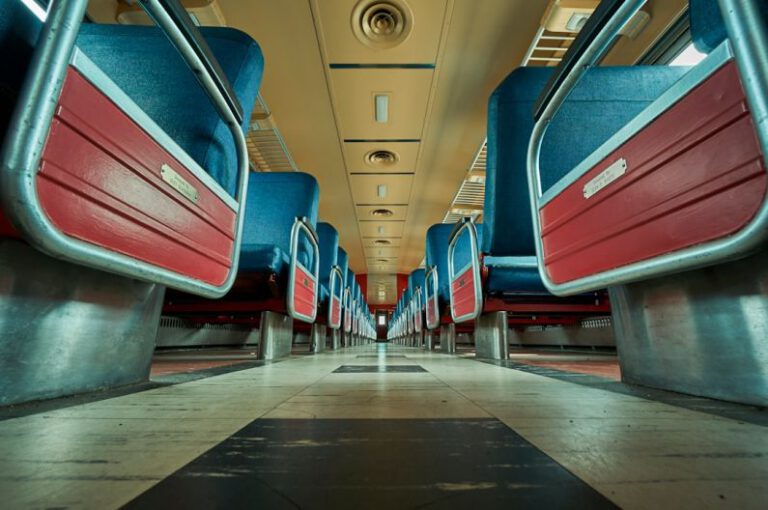Urban Green Spaces: Cities Reimagined
In the hustle and bustle of city life, finding a moment of tranquility can often seem like an elusive dream. The concrete jungle of skyscrapers and bustling streets can leave us yearning for a connection to nature. However, urban green spaces offer a sanctuary amidst the chaos, providing a breath of fresh air and a touch of greenery in the heart of the city. These pockets of nature play a crucial role in reimagining cities as more sustainable, livable, and harmonious environments for all inhabitants.
Revitalizing Urban Landscapes
Urban green spaces, such as parks, community gardens, and green rooftops, have the power to transform the urban landscape into vibrant and ecologically diverse habitats. By incorporating these green elements into the fabric of the city, urban planners and designers can create a more balanced environment that supports biodiversity and enhances the overall quality of life for residents.
Green spaces act as urban lungs, filtering out pollutants and providing fresh oxygen for city dwellers to breathe. They also help mitigate the urban heat island effect by reducing temperatures and improving air quality. These benefits not only contribute to a healthier environment but also create a more pleasant and comfortable urban experience for everyone.
Promoting Health and Well-being
Beyond their environmental impact, urban green spaces have been shown to have significant positive effects on human health and well-being. Studies have demonstrated that spending time in nature can reduce stress, anxiety, and depression, leading to improved mental health outcomes. In addition, access to green spaces encourages physical activity, which can help prevent chronic diseases such as obesity and cardiovascular conditions.
Green spaces also foster a sense of community and social cohesion by providing gathering places for residents to connect and engage with one another. Whether it’s a neighborhood park where families gather for picnics or a community garden where neighbors come together to cultivate fresh produce, these spaces play a vital role in strengthening social bonds and creating a sense of belonging among urban dwellers.
Creating Sustainable Urban Environments
As cities grapple with the challenges of climate change and rapid urbanization, the integration of green spaces is essential for creating more sustainable urban environments. Green infrastructure, such as green roofs and rain gardens, can help manage stormwater runoff, reduce flooding, and improve water quality in urban areas. These nature-based solutions not only enhance the resilience of cities to climate-related risks but also contribute to the overall sustainability of urban ecosystems.
Moreover, urban green spaces serve as habitats for wildlife, supporting biodiversity and ecological balance within the city. By preserving natural areas and creating green corridors, cities can provide refuge for native flora and fauna, ensuring that urban ecosystems remain healthy and diverse for future generations to enjoy.
Embracing a Greener Future
In an era of rapid urban development and environmental degradation, the importance of urban green spaces cannot be overstated. These oases of nature offer a glimpse of a greener, more sustainable future for cities around the world. By prioritizing the creation and preservation of green spaces, cities can not only improve the quality of life for their residents but also pave the way for a more harmonious coexistence between humans and nature.
As we continue to reimagine the way we design and inhabit urban spaces, let us remember the vital role that green spaces play in shaping the cities of tomorrow. By embracing nature in the heart of the city, we can create more resilient, healthy, and vibrant urban environments that benefit both people and the planet.Urban Green Spaces: Cities Reimagined






